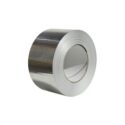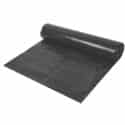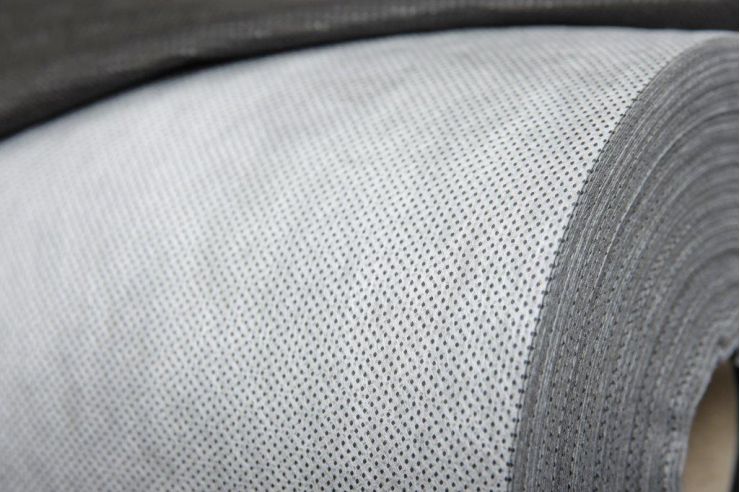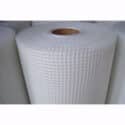01 Dec 2022
What is the difference between breathable and non-breathable roofing membrane?
Choosing the right materials for the job can sometimes be challenging. Understanding the difference between their qualities really helps.

Basically breathable membrane and non-breathable membrane share the same function – preventing water or damp penetration, and the resulting mould forming. Weather-wise both types of membranes are also resistant to wind and snow, which is particularly important in the changeable UK weather.
So if those are the similarities, what are the differences? The core difference between non-breathable and breathable roof membrane or felt is the way they deal with ventilation. With modern well insulated houses, a lack of ventilation can cause big issues with condensation.
What is a Breathable Roofing Membrane?
The crucial quality of breathable membrane is that it is, well, breathable. This feature reduces issues with condensation getting trapped inside your home whilst still stopping penetration of water through your roof. By letting the trapped moisture out it keeps your home a lot less hospitable to moulds and fungus due the drier environment. This keeps your roofing timbers in the best possible condition for much longer, and therefore saving you money and the stress of trying to fix these issues once they have arisen.
The long term accumulation of moisture with your home can cause the following issues:
- Potential structural issues due to rotting timber
- Mould formation with the potential effect of health issues
- Damp problems
Fortunately, breathable roofing membranes are produced in a range of sizes. The most common sizing are roll widths of 1m wide to 1.5m wide. This allows you to choose the most useful for your project.
Breathable roofing felt In Summary
- Allows water and condensation to pass out of the internal space
- Stops water penetrating from the outside
- Makes your insulation more efficient
What is Non-Breathable Roofing Membrane?
Whilst a breathable membrane allows water vapour to pass through it easily. On the other hand, non-breathable doesn’t allow this transfer. When a non-breathable roofing membrane is used under the roofing materials, it should reduce the moisture that can penetrate to the battening. A breathable roofing membrane, however, lets far greater moisture through. For this reason it is very important to ensure there is enough space to allow for air circulation.
Non-breathable membrane should be used on the cold side of the insulation, and high resistance membrane should really only be used cold ventilated pitched roof systems. Breathable membranes, however, should be used on the warm side of the insulation layer to be effective. When used this way it can also reduce the level of warmth lost through a properties roof.
Non Breathable roofing membrane In Summary
- Blocks almost all moisture transfer
- Suitable for cold roofs where existing ventilation – this is essential to allow condensation to escape
- Because it is non-permeable it creates a vapour barrier
- Internal moisture or condensation cannot escape as efficiently as with a breathable membrane
- Still used, but not as popular as the breathable equivalent
So next time you are choosing your roofing membranes the decision should be a little easier hopefully!








